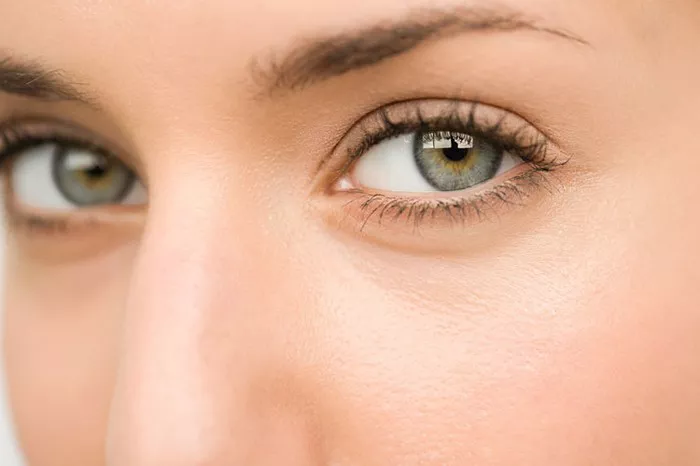Undergoing blepharoplasty, also known as eyelid surgery, can bring significant improvements to the appearance and function of your eyelids. Whether you’ve had upper eyelid surgery, lower eyelid surgery, or both, proper post-operative care is crucial for a smooth recovery and optimal results. In this article, we will explore essential steps to take after blepharoplasty surgery to ensure proper healing and minimize potential complications.
Immediately After Surgery
Immediately following blepharoplasty surgery, you will be moved to a recovery area where you will be monitored by medical staff. Your eyes may be covered with bandages or protective ointment to promote healing and prevent irritation. It’s normal to experience some discomfort, swelling, and bruising during this initial recovery period. Here’s what you can expect and what to do:
Follow Your Surgeon’s Instructions
Your surgeon will provide you with specific post-operative instructions. It’s crucial to follow them diligently to ensure a successful recovery. These instructions may include details about medication usage, wound care, and activities to avoid.
Take Prescribed Medications
Your surgeon may prescribe pain medication and antibiotics to manage discomfort and prevent infection. Take these medications as instructed, adhering to the recommended dosage and frequency.
Use Cold Compresses
Applying cold compresses to your eyes can help reduce swelling and alleviate discomfort. Use a clean, soft cloth or an ice pack wrapped in a thin towel. Apply the compresses gently for short intervals, following your surgeon’s recommendations.
Keep Your Head Elevated
Elevating your head while resting or sleeping can help reduce swelling. Use additional pillows or a wedge pillow to prop yourself up at a comfortable angle.
Protect Your Eyes
Avoid touching or rubbing your eyes to prevent infection or disturbance of the surgical site. Shield your eyes from direct sunlight and wear sunglasses when going outside to protect them from UV rays.
Avoid Strenuous Activities
Engaging in strenuous activities or exercises that can increase blood flow or strain the eyes should be avoided during the initial recovery period. Follow your surgeon’s guidelines regarding physical activities and restrictions.
Attend Follow-Up Appointments
Attend all scheduled follow-up appointments with your surgeon. These visits allow your surgeon to monitor your healing progress, remove sutures if necessary, and address any concerns you may have.
Long-Term Recovery
As your initial recovery period progresses, your focus will shift to long-term healing and taking steps to optimize your results. While individual recovery times can vary, most patients can expect to resume their normal activities within a few weeks. Here are important considerations for the long-term recovery phase after blepharoplasty surgery:
Manage Discomfort and Swelling
While swelling and bruising should gradually subside, you may still experience mild discomfort and tightness around your eyes. Applying warm compresses or using prescribed eye drops can help alleviate these symptoms. However, always consult your surgeon before using any additional eye drops or ointments.
Practice Proper Wound Care
Your surgeon will provide specific instructions for cleaning and caring for your incision sites. Gently cleanse the area as advised, using a mild cleanser and sterile cotton pads or swabs. Avoid harsh rubbing or using products that can irritate your skin.
Protect Your Incisions from Sun Exposure
Direct sun exposure can cause pigmentation changes and slow down the healing process. Protect your incisions from the sun’s harmful rays by wearing a wide-brimmed hat and using sunscreen with a high SPF. Be cautious not to apply sunscreen directly on the incisions until they have fully healed.
Moisturize the Skin
Keeping the skin around your eyes moisturized can help maintain its suppleness and promote healing. Use a gentle, fragrance-free moisturizer recommended by your surgeon or dermatologist.
Resume Normal Activities Gradually
As you recover, gradually reintroduce your normal activities, including work, exercise, and social engagements. Start with light activities and gradually increase intensity and duration as your surgeon advises.
Avoid Eye Strain
During the healing process, it’s essential to minimize eye strain. Limit activities that require prolonged use of screens, such as computers, smartphones, and television. Take regular breaks and practice gentle eye exercises recommended by your surgeon.
Continue Follow-Up Appointments
Regularly attending follow-up appointments with your surgeon is important for monitoring your progress, assessing your healing, and addressing any concerns that may arise. Be sure to communicate openly with your surgeon during these visits.
Conclusion
Recovering from blepharoplasty surgery requires patience, as individual healing rates can vary. It’s crucial to communicate openly with your surgeon about your recovery progress, any unexpected symptoms or concerns, and any changes in your condition. By following your surgeon’s instructions, practicing good self-care, and attending follow-up appointments, you can optimize your healing process and achieve the best possible results.
Remember that each person’s recovery is unique, and it’s important to trust the expertise of your surgeon throughout the entire process. Be patient, take care of yourself, and soon you will enjoy the rejuvenated appearance and improved functionality of your eyes after blepharoplasty surgery.

